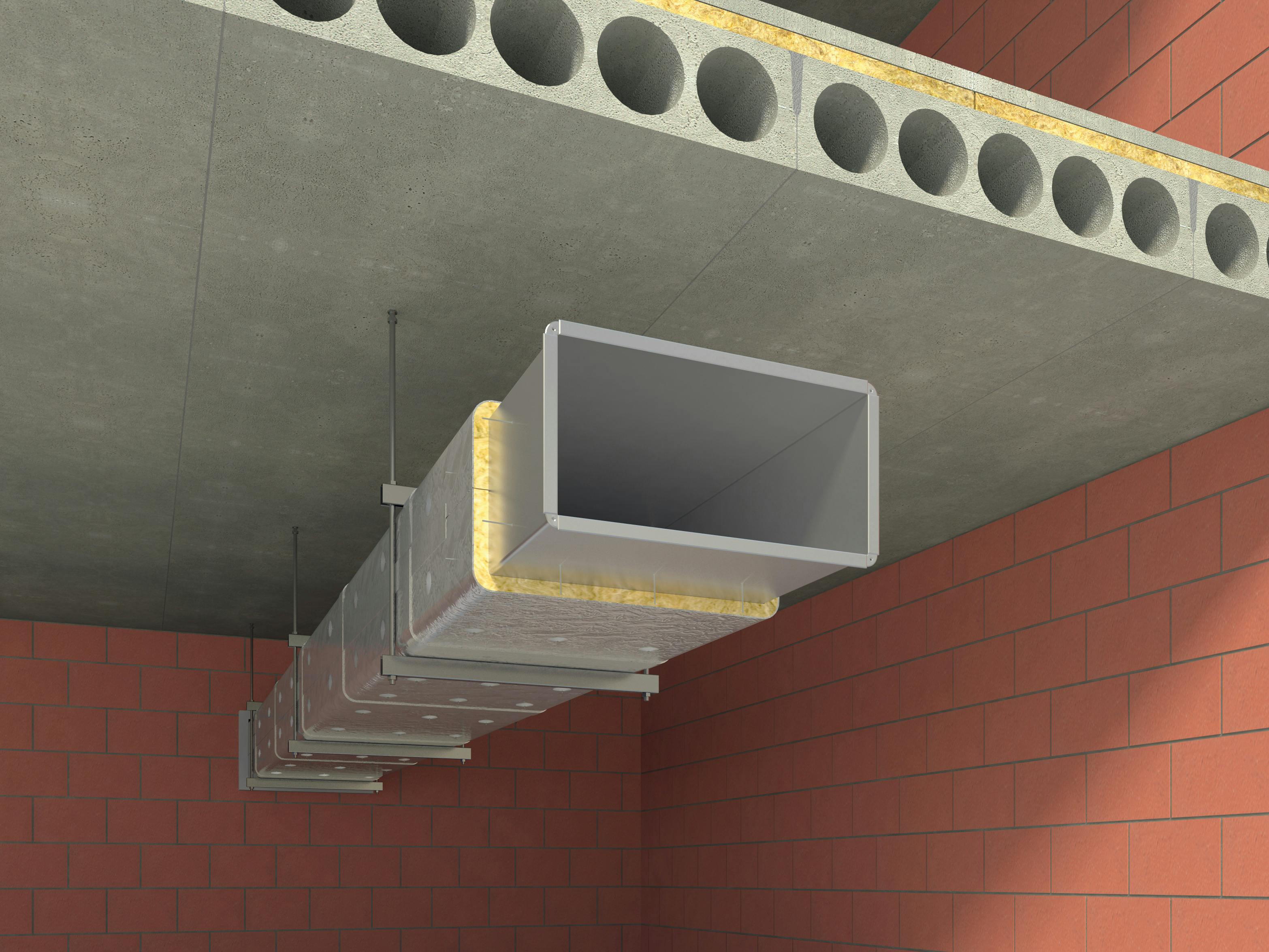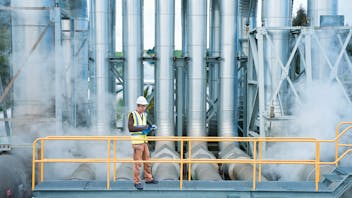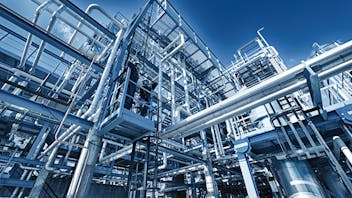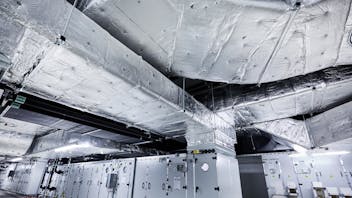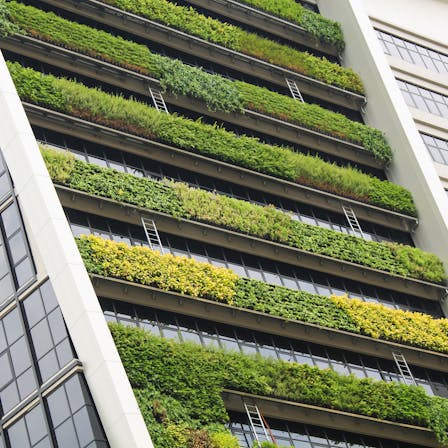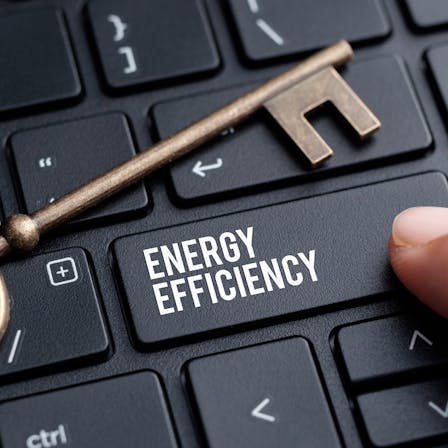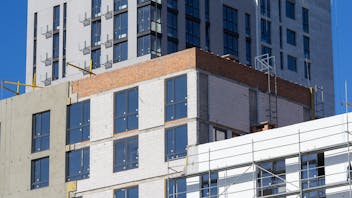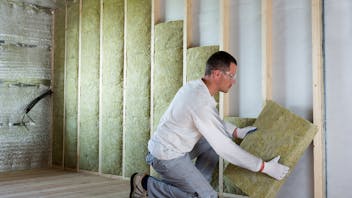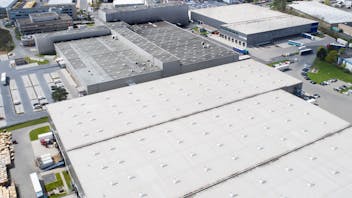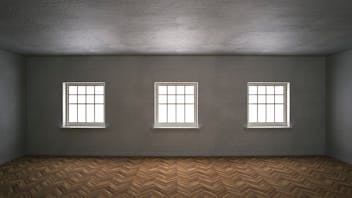Indoor temperature has a significant impact on the comfort and performance of a building’s occupants, whether in a commercial, residential or leisure environment.
Modern HVAC (heating, ventilation and air conditioning) units control the interior climate – and effective, high-quality duct insulation helps maintain desired airflow temperature throughout the building.
As the air in the ducts travels throughout the complete building, it passes many levels without heating or cooling available, causing an unwanted temperature rise or drop.
Quality insulation products prevent energy loss should cold air start to heat up, or hot air begin to cool down, when travelling from the unit to its destination. They help retain indoor comfort, without using excess energy to reheat or cool the air.
Learn more about ventilation insulation – and how ROCKWOOL solutions can boost the energy efficiency of your systems and buildings.

